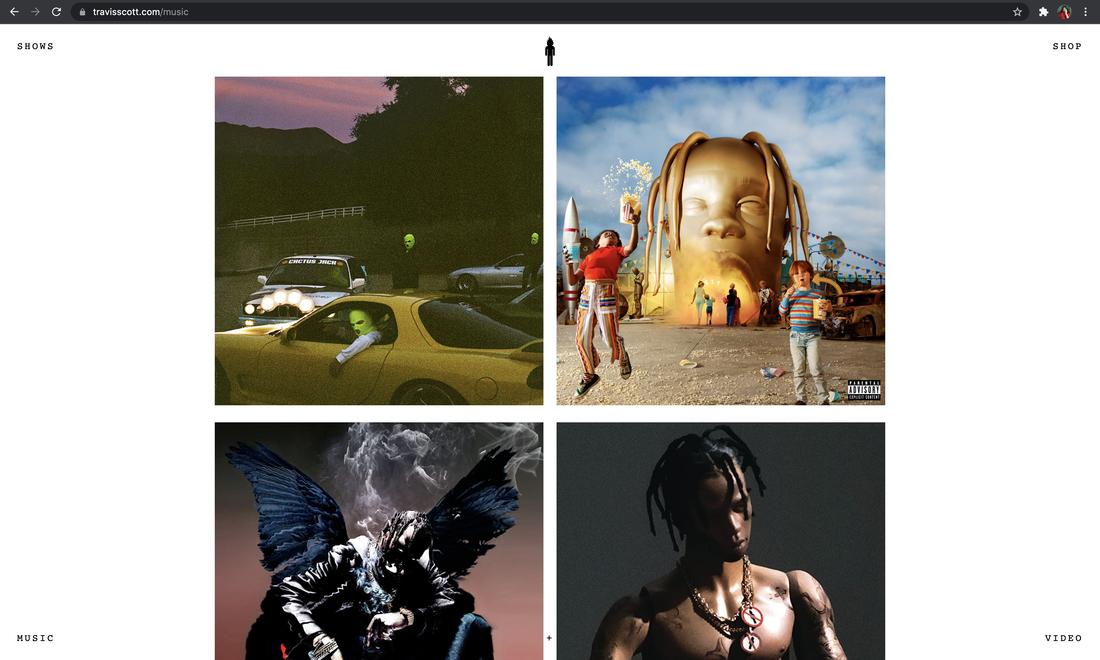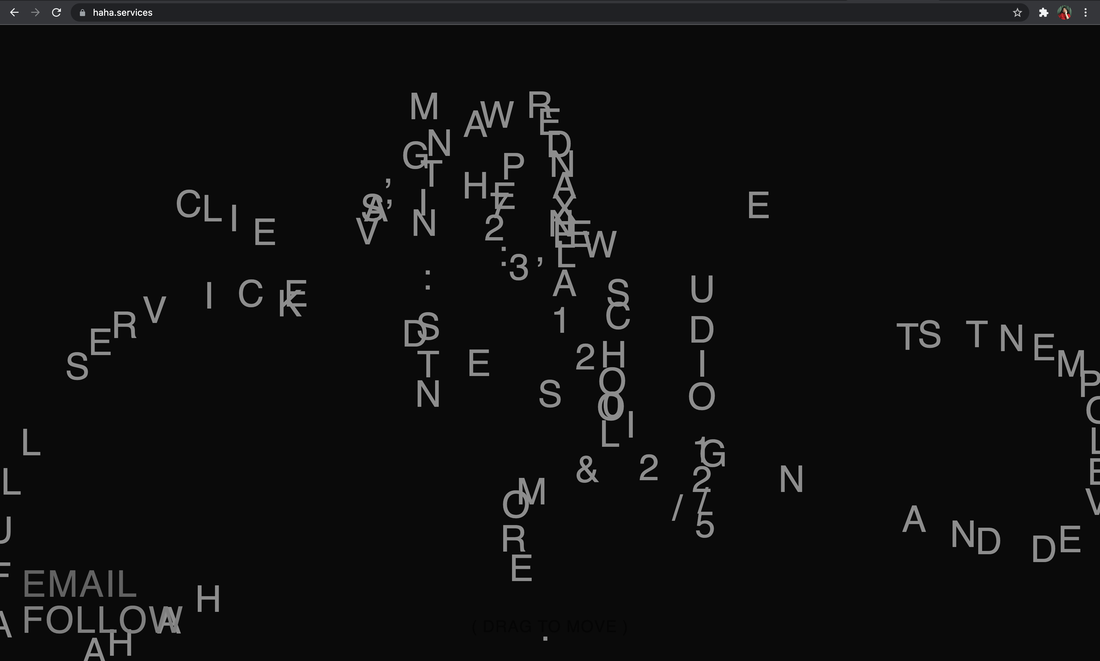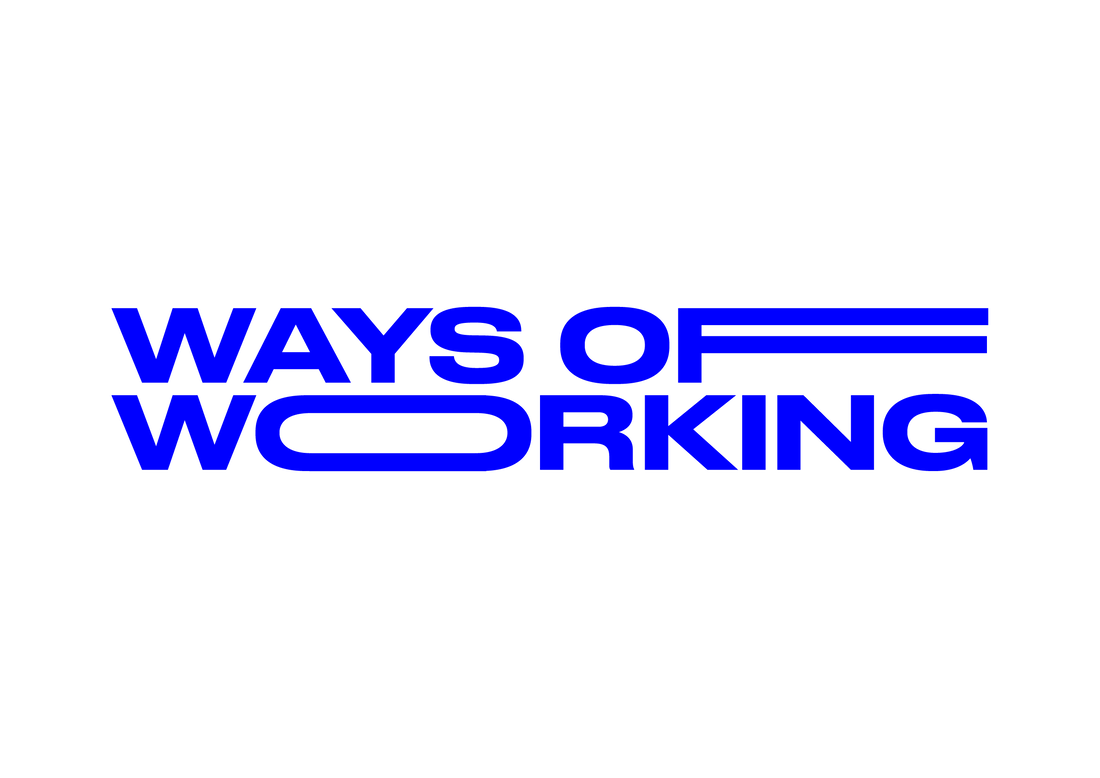|
Just the other day, I came across a post on an NFT page on Instagram – Italian artist sells ‘invisible sculpture’ for €15000. I was taken aback. Someone bought literally nothing for €15000. Nothing. Apart from a piece of paper that authenticates the existence of the apparent sculpture, the intangible asset was never there, and never will be. The world is moving so fast, and as optimistic as the idea may be, the un-conventionalism that prevails the art and design industries is starting to reach a questionable point in my opinion. The social circumstances that arose due to the pandemic, and the isolated lives we had to live, and still do, demanded from us the need to invent, to create, and to think. And the reason I opened this blog post with an example from the world of NFT’s is because, as a concept it is a great example of the growing emphasis on the conceptuality of design and art alike and the ways in which they are being revolutionised. Design can be chaotic. In fact, it is chaos that we use design to bring order to. We give into a reductionist approach to propagate the idea of minimalism, stripping down elements of design to an atomic level, ridding an object or a product of aspects that we believe to be unnecessary or useless. Form follows function, or at least it ought to. Take for instance, this experiment by Athens-based architect Katerina Kamprani, called ‘The Uncomfortable.’ (Figure 1-3) Figures 1-3 By slightly exaggerating in some cases and reducing in others; the angles, dimensions, and compositions of these everyday objects, we see how they lose their function. They don’t serve their purpose anymore and are useless. Changing the form has changed the function. When it comes to product design, anti-minimalism and rule breaking may not seem feasible and the same is true for digital design. For the past one month I’ve been working in Zurich, with a large organisation that provides financial, auditing and consulting services. As part of the team that works under Advertising, Marketing and Commerce all the work we do revolves around the creation of digital products that elevate the human experience. So, ALL our focus is on the user. Web brutalism, a concept that goes against the perceived uniformity of web design, is still an approach designers take to create digital platforms and while this might be a quirky, disruptive, and radical way to reimagine the user experience, apart from being an example of unconventional design, that could draw attention, like the impossible objects we saw before, it would potentially frustrate your user, and dissolve the purpose of the product, thus anti-design within the digital landscape would probably be a no-go, if the aim is to create seamless user journeys. But I would also argue that it depends on the context. Creating mobile and web applications for the finance, healthcare and life science industries requires you to follow the laws of UI/UX design and there are ‘laws.’ And breaking ‘laws’ sounds worse than breaking ‘rules.’ However, taking an anti-design brutalist approach for designing within the music, film, or fashion industries, you’d still be able to get away with. For instance, the official website for Travis Scott (figure 4) makes sense. Yes indeed, upon interaction with the website it does feel rigid and concrete like the interface is almost set in stone, but the content makes up for the lack of fluidity in the user interface. The focus here is not on the website but more on the visual content. As opposed to that, a brutalist webpage for a design studio that doesn’t really give out much information apart from enabling the user to jumble the text around a bit wouldn’t quite work in my opinion, the website redirects you to their Instagram page where you can find more information, so why have the website in the first place? The idea here is not to argue between anti-design/design but more so between when it should/should not be used because as a movement, anti-design serves more of a purpose than just negate the principles of design to form a new sub-category of it. It questions and challenges the potential of design and unlocks opportunities to new ways of thinking. It’s a stimulus that compels design and designers to do better. A departure from the norm exists in all fields of theory and practice in all subject areas. And these departures are vital to accelerate radical and thus lateral thinking. It makes things interesting. This way we encourage ourselves to be mindful of the rules we have in place to solve certain problems but also to allow ourselves to sometimes break them in scenarios where they can be broken. An anti-design approach needs to co-exist with that of traditional design to enable both to complement each other. If one way of thinking ceases to exist, like the ‘imaginary sculpture’ that sold for €15000, then design will merely remain a monotonous force. And sometimes unstoppable forces need to meet immovable objects as a challenge to get around and continue progressing. Ariana Cowan BA Graphic and Media Design BIBLIOGRAPHY:
IMAGES:
1 Comment
Robert Urquhart
1/6/2022 07:42:23 am
interesting to read about the invisible work that sold as an NFT - it might be invisible but it still exists - as a concept / idea - and can be bought and sold, I guess! Doesn't appeal to me though, although I think philosophically it is really interesting!
Reply
Leave a Reply. |
Archives
December 2021
Categories |



 RSS Feed
RSS Feed
